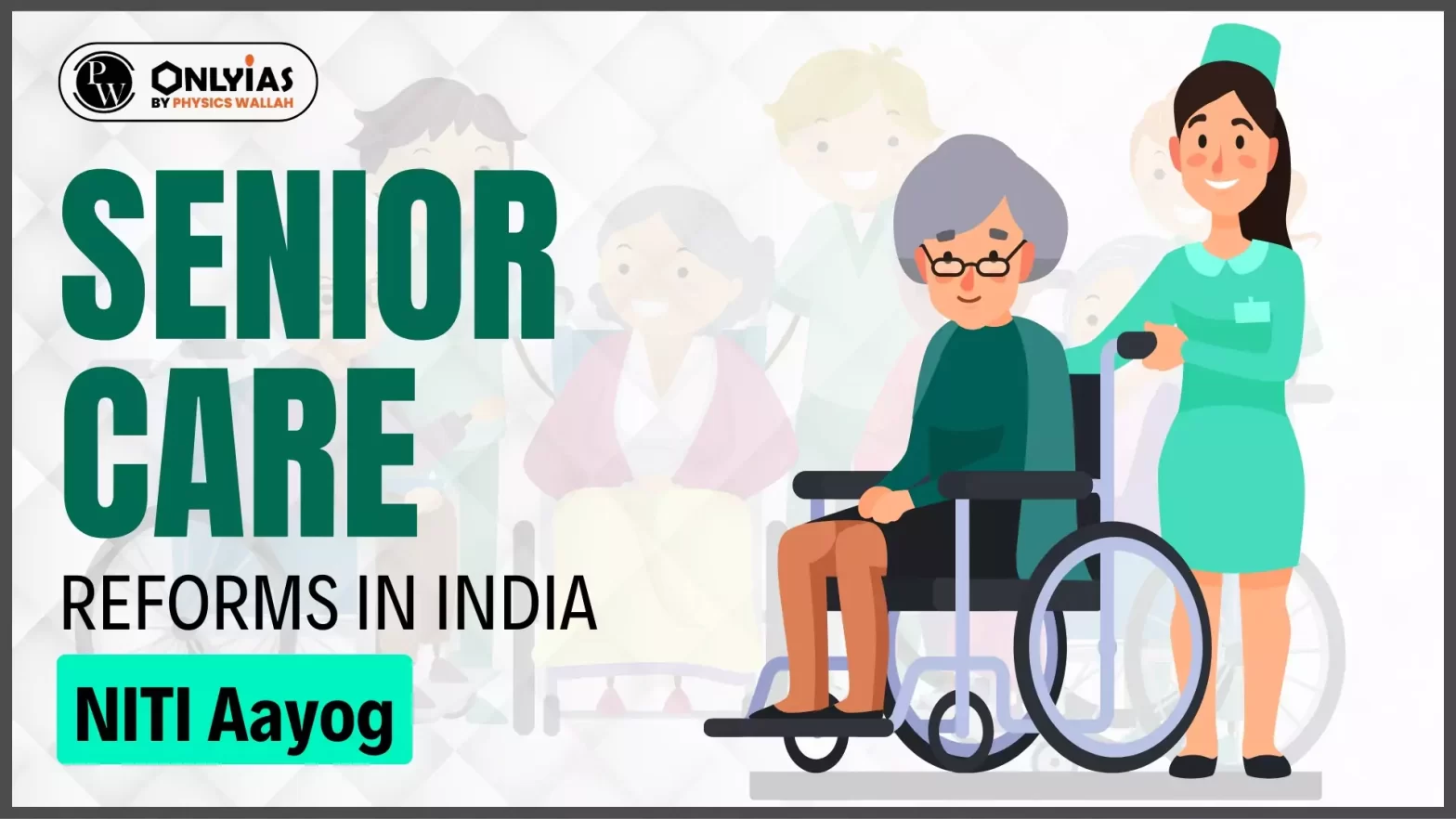![]() 20 Feb 2024
20 Feb 2024

This editorial is based on the news “NITI Aayog Releases Position Paper– Senior Care Reforms” which was published in the PIB. NITI Aayog recently released a position paper titled “Senior Care Reforms in India: Reimagining the Senior Care Paradigm” discussing the current trends, challenges and reforms for the ageing population.
| Relevancy for Prelims: Senior Citizens Care Reforms in India, NITI Aayog, India Ageing Report 2023 By UNFPA-INDIA, International Day Of Older Persons, World Senior Citizen Day 2023, and Atal Vayo Abhyuday Yojana.
Relevancy for Mains: Senior Citizens Care Support System- Need, Challenges and Way Forward. |
|---|
Important Schemes By Government of India For Welfare of Senior Citizens
|
|---|
| Must Read | |
| NCERT Notes For UPSC | UPSC Daily Current Affairs |
| UPSC Blogs | UPSC Daily Editorials |
| Daily Current Affairs Quiz | Daily Main Answer Writing |
| UPSC Mains Previous Year Papers | UPSC Test Series 2024 |

<div class="new-fform">
</div>